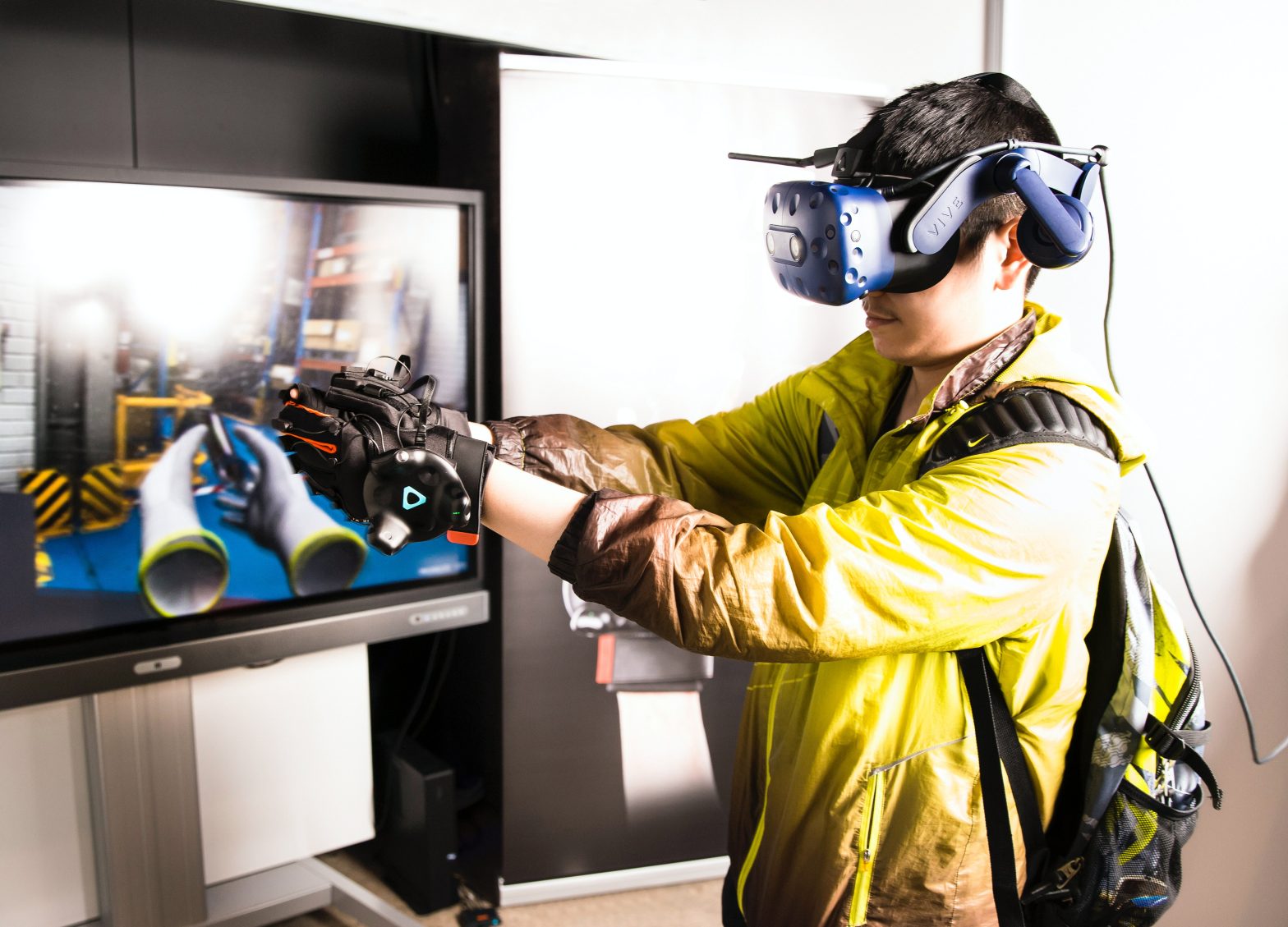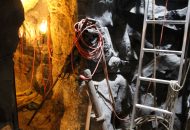Experts Say XR Tech Is More Than Gaming and Entertainment

WASHINGTON — The lines just keep blurring between the physical and online worlds, with the pandemic accelerating the adoption of immersive technologies that merge the physical world with digital or simulated reality.
But while many are familiar with some type of extended reality, which is a catchall term for different, but related, technologies like augmented reality, virtual reality, or mixed reality, there is a general misconception that immersive technologies like these are reserved for the domain of gaming and entertainment.
“There is an application and adoption beyond that which most people default to right away, consumer use and gaming,” XR Association CEO Elizabeth Hyman shared with the Bipartisan Policy Center, a D.C.-based think tank discussing the use of immersive technology and the policy challenges and opportunities XR brings.
“It is a game-changer across many aspects of our economy,” she said, citing uses especially in human resource management such as training and upscaling employees and finding and securing quality talent, as well as diversity, equity, and inclusion efforts.
“Eighty-one precent of HR professionals use XR as a critical tool for learning and development outcomes,” Hyman said.
Frequently, this means immersive simulation experiences.
“It’s part of how we train our medical professionals,” Dr. Tamara Owens, director of the Simulation and Clinical Skills Center at Howard University said. “Immersive technology is essential to… enact[ing] a real clinical event.”
She asserted that XR enables more realistic learning experiences, not only resembling scenarios that medical workers may encounter in an actual clinical space, but also helping them to learn in a space that is safe, where they can practice multiple times, and have access to feedback in real-time.
Jonathan Beam of U.S. Ignite, a nonprofit research foundation advancing America’s smart city movement, has also worked on projects that use augmented reality to help first responders.
Other XR projects U.S. Ignite has worked on include mapping the effects of climate change on marine life, using AR to suggest landscaping plans that combat stormwater runoff issues and enhancing accessibility services for public transportation.
“We need to use the tech available today to jumpstart the future,” said Dave Vasko, senior director of Advanced Technology at Rockwell Automation, a company dedicated to industrial automation.
Not only does XR connect people that can’t actually be in the same place, but Vasko pointed out many of its industrial uses, including off-site assistance with machine maintenance and transitioning from training to working factories quickly and efficiently.
Yet while XR tech is being lauded as a job creator, a training accelerator, a maintenance resource and a source of entertainment to be sure, advocates want to ensure that marginalized communities are poised to take advantage of these products as they proliferate.
“The [XR world offers] new communities, but the problems they are dealing with are not new problems,” Carlos Gutierrez, deputy director and general counsel of LGBT Tech said.
Not only can harassment and cyberbullying in VR spaces be especially damaging, but Gutierrez insists that avatars contain sensitive personal data that may need to be protected at a higher level. Additionally, he is pushing for universal design principles to be used to develop XR for inclusion by people with disabilities, different skin tones and gender identities.
As XR technology moves at a faster rate than ever, the gaming industry has certainly been a strong adopter, but governments, businesses, and broader society are using virtual reality, augmented reality, and mixed reality for a variety of purposes at enterprise scale, preparing the world for innovations and efficiencies that we may not yet even be able to imagine.
Kate can be reached at [email protected]























